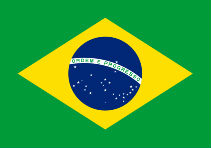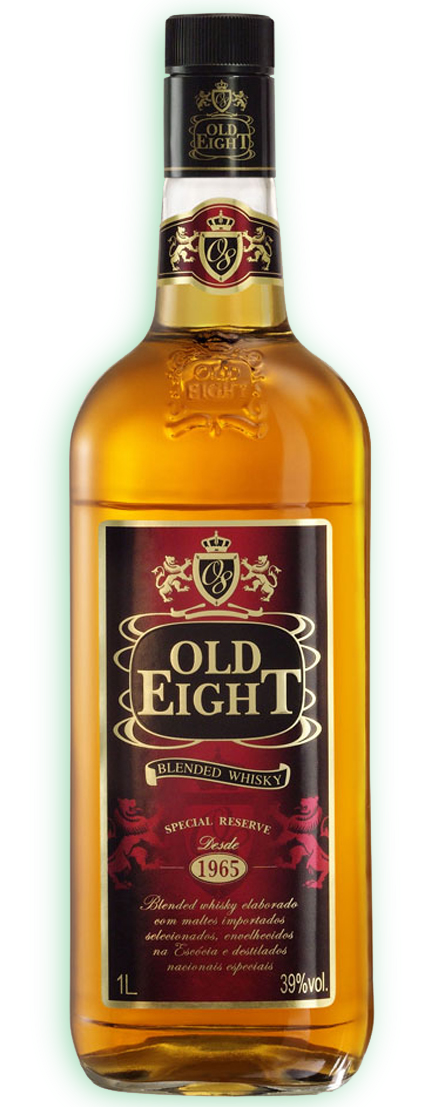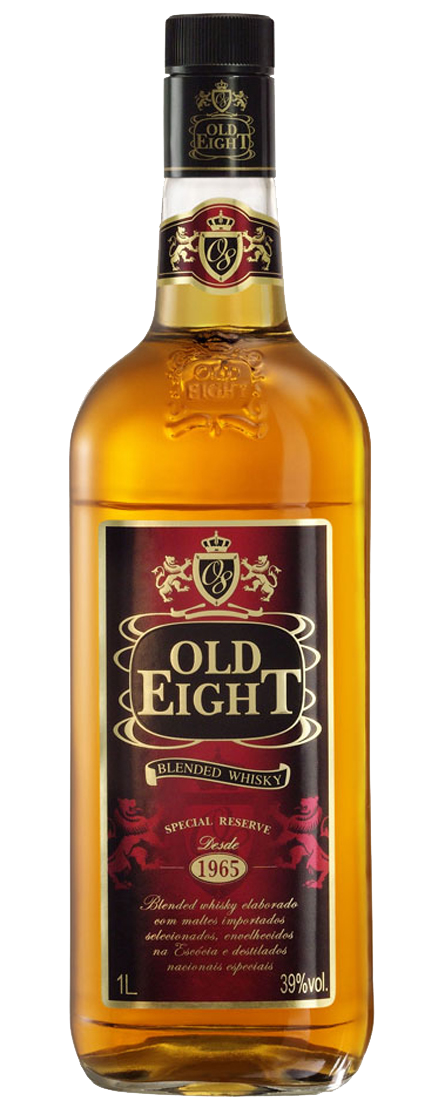Brazilian National Tartan
THE SCOTTISH CONNECTION
FOOTBALL

Research by the curator of the Scottish Football Museum at Hampden has revealed that the Brazilians were not introduced to football by Charles Miller, an Englishman, as most records state.
Research by Richard McBrearty, the museum’s curator, has uncovered the remarkable story of Donohue, a dye expert, who travelled to Brazil in 1893 after he had been recruited to work in a factory in Bangu, near Rio de Janeiro. An excellent footballer himself, Donohue was keen to start a team when he arrived in his new home.
However, he first had to import a football as he found none in Brazil. Donohue eventually received a ball and boots from Britain and staked out a primitive pitch near the factory.
The first football match in Brazil took place there on a Sunday in April 1894, six months before Miller started his team in Sao Paolo.
Donohue, at 31, was by then a football veteran, having played for teams in Busby, a hotbed of the sport.
In Bangu, he went around the homes of workers and gathered 10 players. The first match in Brazil was thus played as five-a-side.
Donohue’s legacy extends beyond the considerable achievement of introducing football to the country most associated with the term “the beautiful game”. He also gave black workers the chance to play the game.
“Brazilian society was divided on racial lines and Charles Miller inhabited a different social set than Donohue,” said McBrearty.
“Miller’s introduction of football to Sao Paulo mostly involved the upper classes. It was a matter of colour then. The light coloured Brazilians were further up the social chain and they were the players that Miller attracted to his sports clubs.”
With football established as a working-class sport, the way was paved for generations of blacks to play. Brazil’s history is heavily sprinkled with great black players including Garrincha, Pele and Ronaldo, all World Cup winners.
McBrearty, who discovered the story of Donohue while researching a friendly match between Bangu and Kilmarnock, said: “One does not want to take anything away from Miller, who was a crucial figure, but Donohue should be recognised as both the man who brought the game to Brazil and to the poorer people who have kept it alive.”
McBrearty’s early research into Donohue was aided by John McVicar, a local historian from Busby. He discovered information that allowed McBrearty to paint a portrait of the father of Brazilian football.
Article by
hugh macdonald chief sportswriter
of The Herald
24th March 2011
New research reveals the Scottish dye worker who brought football to Brazil, 117 years ago exclusive
THE Scotsman who introduced football to Brazil has been identified as a dye worker from Busby, near Glasgow.
WHISKY
Old Eight
The Brazilian Whisky with a Scottish soul
Old Eight is one of the most famous whiskies in Brazil.With an eclectic combination of tradition, materials and ability it creates a unique mix with a strong character.Produced in Brazil with pure malt imported from Scotland and according to the original process of the old continent. The result is one unique and incomparable whisky.Old Eight is of an amber colour with golden crystal tones, it has a perfume that is harmonious with hints of wood and peat, and a flavour that is slightly spicy, wooded and persistent.
Old Eight was created in 1965 by Fabrizio Fasano. It was the first locally produced whisky elaborated using 8 year aged malts. Old Eight was launched in the market with an objective to create a proper Brazilian whisky. It became very popular due to its quality and its successful advertising campaign.
Old Eight's main market is Brazil.

The Brazilian National Tartan
was created by Clan Italia to celebrate the link between Scotland and Brazil through football and the expatriots who worked and are working there. It was also made to mark the hosting of the Olympic & Paralympic Games being awarded to Rio de Janeiro and the up and coming FIFA World Cup in Brazil
The tartans colours are representative of
GREEN - the Brazilian fields
YELLOW - the Brazilian gold and the wealthieness of the country.
BLUE - the sky over Rio de Janeiro at night
The TARTAN


FIFA World Cup Brazil 2016 stadiums



